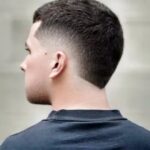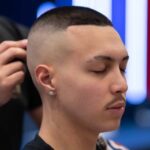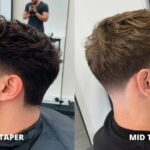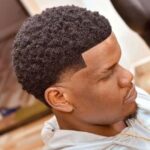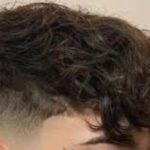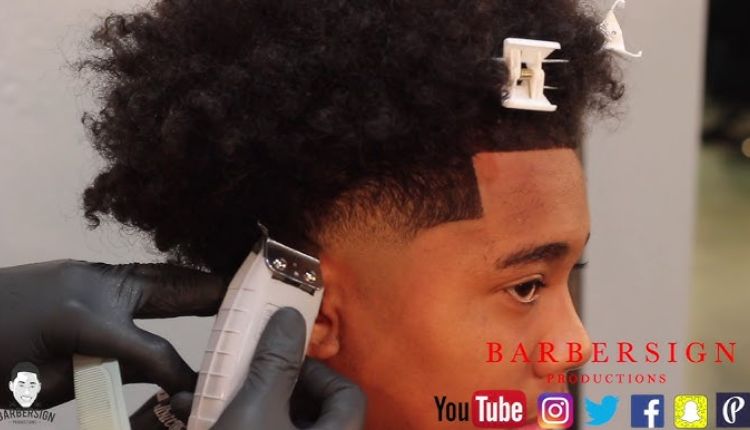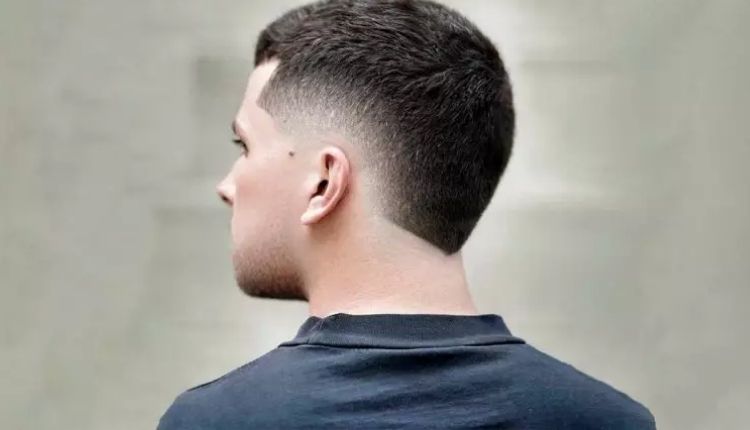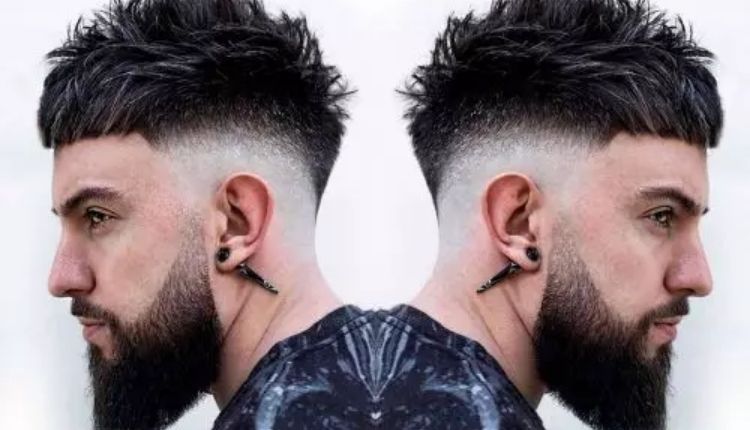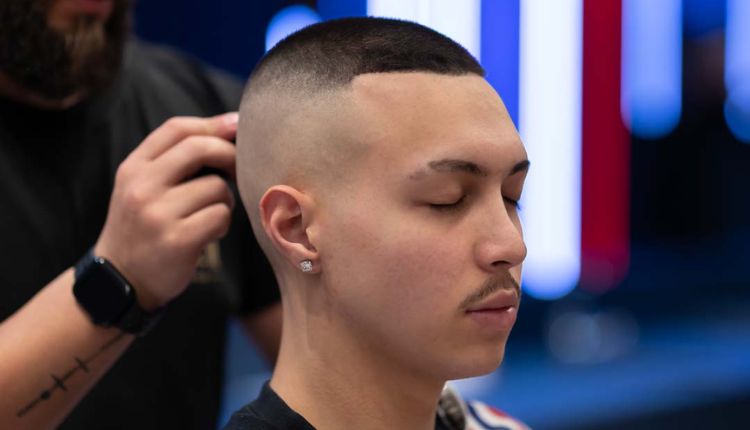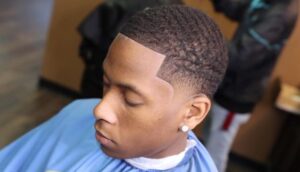A designs for tapers refers to a gradual fade in hair length from the top of the pinnacle all the way down to the neckline, providing a smooth transition. Unlike complete fades, tapers are more diffused, preserving extra hair while nevertheless presenting definition and form. The popularity of tapers can be traced to their capability to complement numerous hairstyles, face shapes, and personal styles. From conventional barbershop appearances to creative city cuts, taper designs can replicate each individual’s identification and fashion tendency.
Classic Designs for Tapers That Never Go Out of Style
Traditional designs for tapers often have cognisance of an easy, expert appearance. These traditional designs include low, mid, and immoderate tapers, each described by where the fade begins. A low taper starts off above the ears and is subtle, making it suitable for company environments. The mid taper starts off throughout the middle of the edges and, again, balances formality and elements. A high taper, however, starts off in the direction of the crown and gives an ambitious, defined look that’s famous in athletic and style-ahead settings.
Pairing a taper with a component detail or pompadour provides splendour and vintage attraction, at the same time as combining it with a comb-over gives an elegant and easy aesthetic. These traditional combos were enduring for decades and preserved to conform without losing their middle attraction.
Creative and Artistic Designs for Tapers in Contemporary Trends
In cutting-edge years, Designs for tapers have become canvases for inventive expression. Barbers and stylists include complex strains, geometric patterns, and custom etchings into the taper fade location, frequently reworking a smooth haircut into a customised painting of artwork. Zigzags, stars, tribal motifs, and summary shapes are just a few of the various opportunities.
Many contemporary patterns, moreover, consist of colouration treatments, wherein the taper vicinity is either bleached or dyed to enhance contrast. These designs are mainly well-known amongst younger customers and creatives who see hair as an extension of their character. Tapers with hard parts, disconnected sections, or sharp traces provide visible assessment that attracts interest while nevertheless maintaining the foundational taper form.
Tapers with Curls, Waves, and Natural Textures
Designs for tapers are especially effective in improving textured hair. Whether someone has coils, curls, or waves, the taper can help control quantity while highlighting natural patterns. Tapered sides with a curly top are a fave amongst human beings with Type three or Type four hair, offering each a described shape and a modern-day region.
Natural hair tapers also can include twists, sponge curls, and locs, developing dynamic appearances that require minimal everyday maintenance. This makes them well-known in everyday life and the professional environment. The slow fade of a taper enhances the fuller amount on the nape, providing stability and shape that enhances the overall hairstyle.
Low-Maintenance and Functional Taper Designs
One of the main reasons humans opt for taper designs is the low protection issue. Unlike whole fades that could not need unusual contact-ups, tapers grow out gracefully, making them high-quality for individuals who don’t want to visit the barber every week. A taper blends nicely with growing hair, retaining a neat look for a longer time.
Functional taper designs are desired by experts, athletes, and college students who need to maintain appearance cleanliness without regular grooming. By customising the taper to healthy herbal increase styles and head shape, barbers can create a sensible layout that stays flattering over the years. These beneficial tapers can also, moreover, consist of gentle transitions and avoid difficult traces, providing an extra natural look.
Taper Designs for Different Face Shapes and Hair Types
Choosing the right Designs for tapers format requires consideration of face shape and hair type. For people with round faces, immoderate tapers with extent on the pinnacle can elongate the face. Square faces benefit from mid-tapers that highlight strong jawlines without bulk. Oval faces are the most flexible and can be put on almost any taper layout without problems.
Hair texture additionally plays a widespread role. Straight hair may additionally benefit from sharp, angular taper designs that create dimension. Wavy and curly hair regularly appears extraordinary with tender, mixed tapers that keep texture while lowering bulk. Understanding these differences helps barbers and stylists craft personalised taper patterns that spotlight natural features.
Incorporating Beards and Designs for Tapers
Modern grooming often combines head and facial hair into a cohesive look. Designs for tapers designs that blend right into a beard can create an unbroken transition that enhances masculine capabilities. Beard tapers may fade from the sideburn into the jawline or step-by-step hook up with a chinstrap, depending on personal desire.
These included patterns require precision and symmetry, often related to distinctive clipper work. They are perfect for folks who need an advanced, unified appearance. As facial hair trends continue to adapt, taper designs offer the ability to pair with full beards, goatees, or maybe easy-to-shave faces, making them a universally adaptable choice.
Celebrity Influence on Modern Taper Designs
Celebrities and athletes have played a vital role in the recognition of Designs for tapers. Stars who include Drake, Zayn Malik, and Chris Paul have all sported variations of the taper, from easy, sharp cuts to progressive, textured designs. Social media structures like Instagram and TikTok have similarly amplified this trend, making it less complex for enthusiasts to discover and reflect on the styles they recognise.
Barbers frequently reference celeb pics as belief, adjusting them to wholesome men’s or women’s head shapes, hair textures, and lifestyle dreams. As a result, taper designs have remained dynamic, with every decade introducing new interpretations and stylistic improvements based on popular subculture.
Barbering Techniques Behind Professional Taper Designs
Creating a wonderful taper requires skills, patience, and a deep expertise of clipper strategies. Professional barbers use an aggregate of clipper guards, mixing shears, and trimmers to acquire the ideal gradient. The intention is to create an easy transition from longer to shorter hair, regularly requiring a couple of passes and cautious statements of symmetry.
Advanced techniques can include methods, freehand designs, and razor detailing. These ensure that the taper seems sharp from each perspective and keeps its form as it grows. For customers, locating a barber with experience in taper designs is essential to accomplishing the preferred result.
Future Trends in Designs for Tapers
The future of Designs for tapers seems promising, with era and creativity pushing the boundaries of traditional grooming. Augmented reality haircut previews, precision lowering gadgets, and influencer-led dispositions are possibly to form upcoming patterns. Tapers may additionally end up extra customisable via digital consultations, allowing customers to visualise special designs in advance before committing.
Cultural fusion may even influence taper patterns, as barbers draw from Afro-Caribbean, Asian, Middle Eastern, and Western traditions to create hybrid designs. Tapers with braids, pinnacle knots, and undercuts will keep to upward thrust in popularity, imparting countless opportunities for self-expression.
Conclusion
Designs for tapers are more than just a haircut—they are a mixture of manner of life, creativity, and personal identity. From traditional patterns to fashionable interpretations, tapers provide something for each person, regardless of age, hair type, or manner of life. Their adaptability, mixed with low protection and aesthetic attraction, makes them a move-to choice in barbershops globally. As traits evolve, taper designs will certainly continue to play a crucial role in modern grooming, supplying limitless functionality for innovation and fashion.
